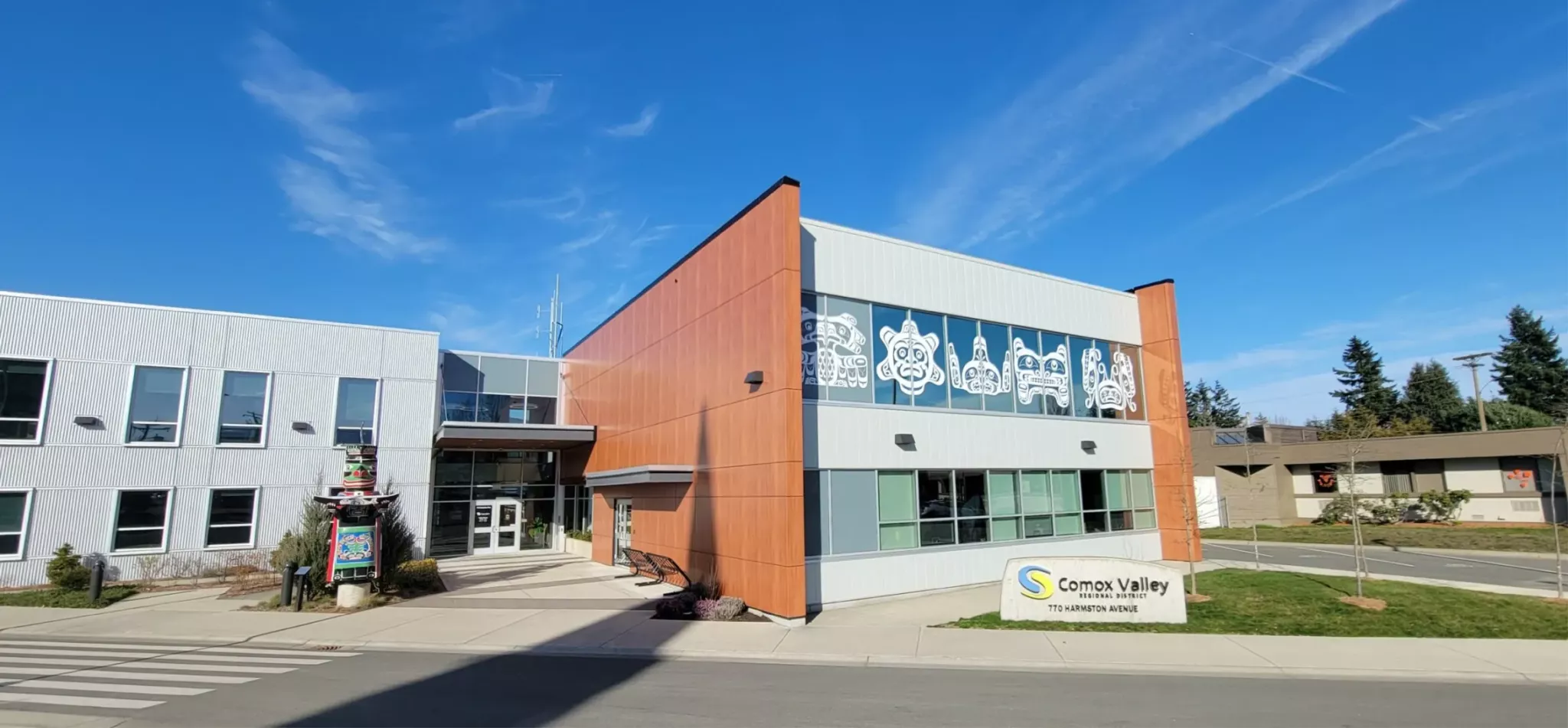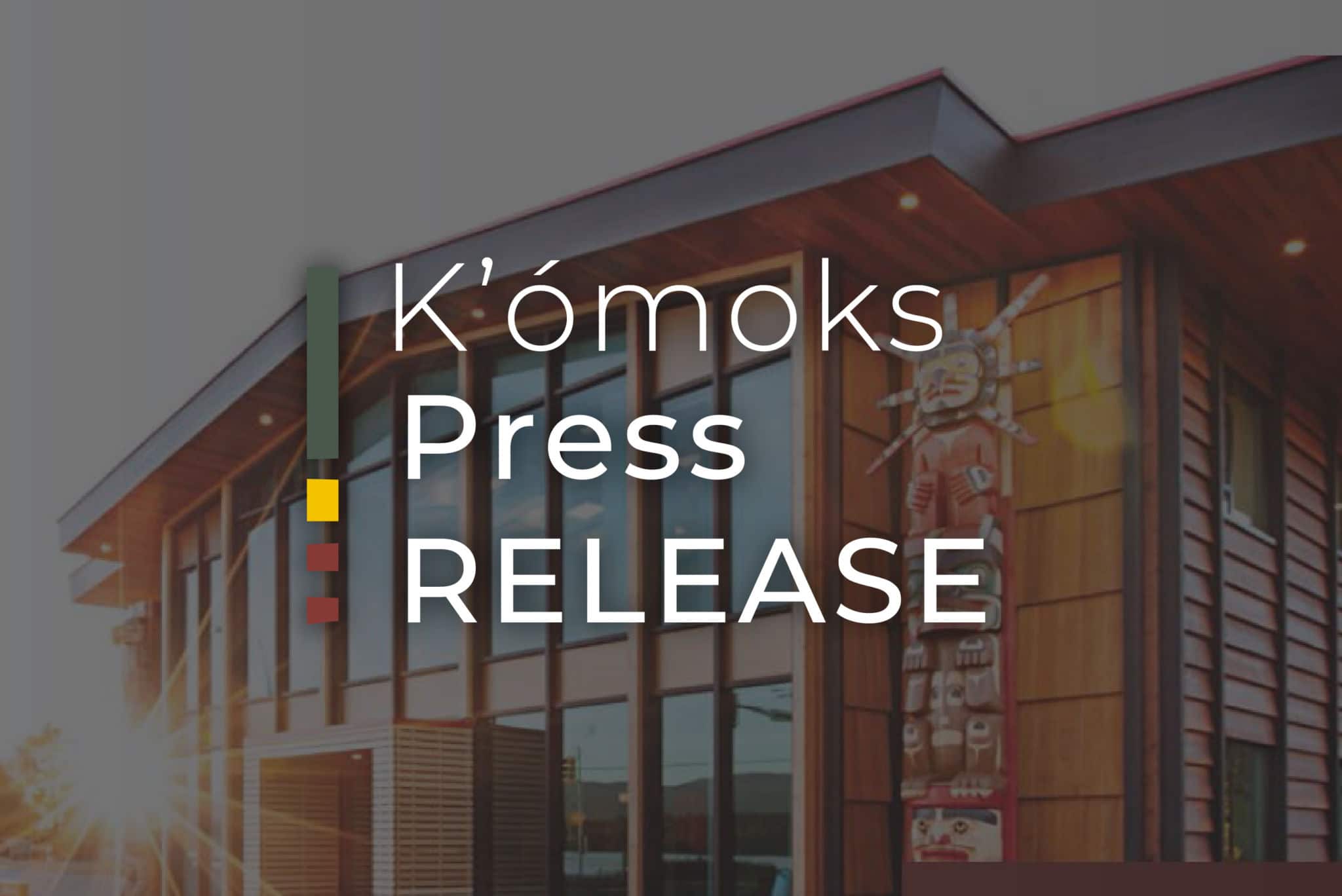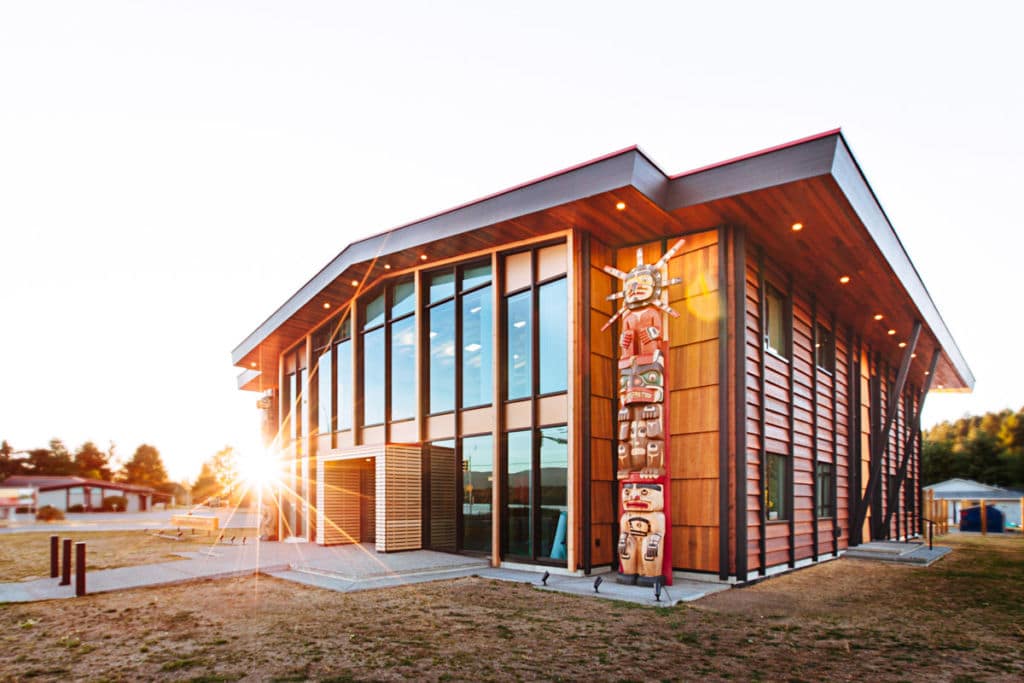During construction of a trail on Denman Island, K’ómoks First Nation heritage sites were damaged by Comox Valley Regional District crews, and now a process is underway to make amends and ensure something similar doesn’t happen again.
Coun. Candace Newman of the K’ómoks First Nation says when construction was underway on the Denman Cross Island Trail, registered and unregistered heritage sites were covered by gravel.
“There will have to be a post impact analysis to really understand what type of damage has happened, but these sites are incredibly important,” Newman said in a Zoom interview with CHEK News.
“When they’re intact, and you when archeology is done correctly, you can learn so much from these sites. There’s a story that can be unveiled when you use the right methodology.”
Ahead of construction, Newman says the K’ómoks First Nation had worked with the CVRD to identify heritage sites, both known and unknown, “so it was pretty deeply disappointing. These sites, village sites of ours, have important cultural, spiritual and historical value, and once they’re impacted or destroyed, it’s really hard to retrieve the information that’s stored in them.”
Newman says the CVRD alerted the nation to the damage in fall 2023, and a process has been underway since.
“So far, what we’ve done is we worked through the restorative justice process with the CVRD, and that was through the compliance and enforcement branch,” Newman said.
“It’s a really great process to bring the two parties together to talk about what happened. So that’s the first step, and then the apology, and then the post-impact analysis will happen after.”
CVRD issues an apology
On Tuesday morning, the CVRD completed the second step in the process by issuing an apology.
“On behalf of the CVRD board and staff, we deeply regret this incident and are committed to moving forward in a positive way. At the same time, we know that once a site is disturbed the damage is irreparable and that piece of history is lost forever,” said Will Cole-Hamilton, the CVRD chair in a news release.
“That is why we must take all necessary steps to ensure that we are following the correct processes to prevent something like this from happening again. It is important that we share our experience with the community so that we can all understand the importance of undertaking the appropriate permitting before disturbing ground in culturally sensitive areas.”
In addition to the apology, the CVRD has offset K’ómoks First Nation staff costs related to the damage to the sites, and made a donation towards K’ómoks repatriation priorities.
The CVRD says it will work to improve internal procedures and provide education for staff.
Work to continue to prevent future incidents
Newman says the nation is grateful for the relationship with the CVRD and will continue to work with the district to ensure these incidents don’t happen.
“I really do believe that their apology comes from a really good place,” she said.
“They admit to their mistakes and are working really hard to ensure that this doesn’t happen again. And all of their staff have become really well versed in our permitting process to ensure that they’re following it.”
Newman also urges anyone who is undertaking development, whether on K’ómoks territory or other Indigenous territory, to be mindful of potential heritage sites.
“This is something that happens all across the coast of British Columbia. Many nations are facing this damage, sometimes on a daily basis. We’re working really hard to provide education on, not necessarily where the sites are, but how to identify them and what to do when you find them,” Newman said.
“If you’re planning any ground-disturbing activities on your property, like land clearing, digging, staking, filling, you can find out if your property is within a high archeological potential or registered archeological site before you start your project.”
Ahead of starting a project, Newman encourages you to get in touch with your local First Nation to see if the property is a potential heritage site.
“And you could be working with either local archeologists or the local nation to find the best way to develop your property and create the least amount of impact,” she said.
When undertaking work, if you find cultural sites or artifacts, Newman encourages you to reach out to the First Nation in your region, or the local municipality for how to proceed.
Editor’s note: A previous version of this story included a picture of the Cowichan Valley Regional District (CVRD) logo instead of the Comox Valley Regional District (CVRD) logo.




